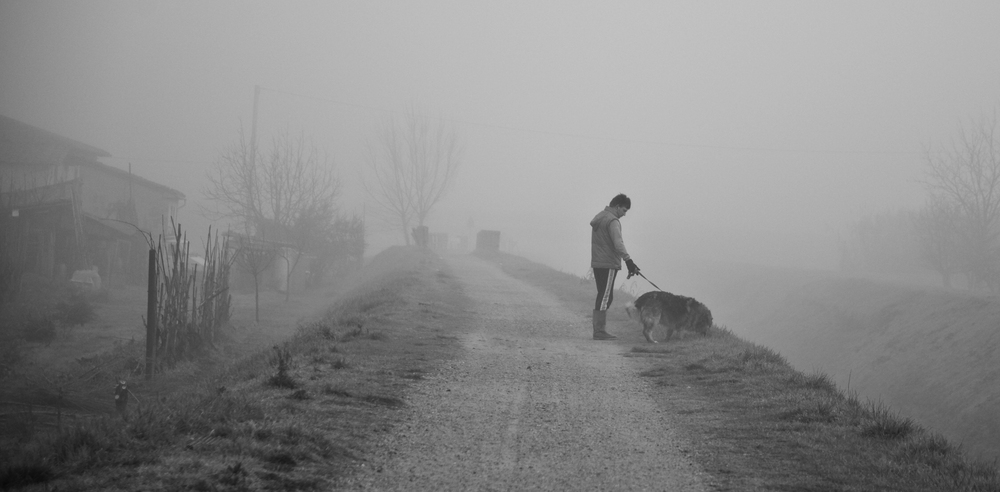
Annalisa Vecchio
They call it reboot, and it is the latest trend of Hollywood storytelling. It comes to re-telling, with the addition of new elements, a myth, or rather an archetype more or less rooted in our imagination. You could also define it recycling: to take the classical myths, to assembled them with modern elements, and it is all. An irreverent mise en abyme of high culture and mass culture.
Some examples of reboot are Maleficent, Into the woods, or the television series Sherlock – that perhaps is the most successful experiment.
Sherlock is produced by the BBC, that after the great decade of American fiction of quality (Sopranos, Desperate Housewives) of HBO, and the tormented tale of Mad Men (AMC), with few but very successful productions beat the giants of the American television.
To better identify the phenomenon of reboot, few years ago would probably be described with the word of Postmodernism, for the almost infinite extensibility of that label to all the artistic expressions meaningful of contemporary crises: something that goes – just to have an idea – from the urinal of Duchamp to the Transavanguardia of Bonito Oliva. It would not be entirely correct, however, to use this term, because the postmodern pastiche is missing a key element: the myth over the history – it is the greatest novelty of the new narratives.
Reboot is the past that returns and that, unscrupulously, is deprived of the history and adapted to the contemporary taste. So Sherlock, in keeping with the scientific passion of the original of Conan Doyle, uses internet and GPS; while the witch from Biancaneve, in Maleficent, becomes the protagonist and turns into a dark lady, victim of the most modern psychosis and insecurities.
Cinematically, the reboot has get rid of the recourse to the past as a sign of the crisis of modernity. But if in Blade Runner, the symbolic film of the Postmodernism, everything was projected into a certain future, in 2019 – as was also for Escape from New York in 1997 by John Carpenter – in recent years productions the history is no longer present. The story moves in a past not identifiable, trans-historical. The Victorian age of Sherlock, the Middle Ages of Maleficent as well, are conspicuously absent: the scene is the escape from the History.
Pier Paolo Pasolini had already done something like this. From literature to cinema, the constant search of the sacred – metaphorically suppressed in the body of his “Ragazzi di vita” (Accattone and Mamma Roma) – disappointed with her time, closes the loop in 1962 with the crucifixion of rags into the film “La ricotta”. He rewrites Medea, Jason and Oedipus for definitively establish his resignation to a peaceful relationship with his time.
Does Pasolini is a forerunner of modern storytelling techniques? Maybe yes. Or maybe not. What is certain is that the reboot is only a trendy way to call the eternal return of that practice out of time and history, which is more simply known as the re-telling.


